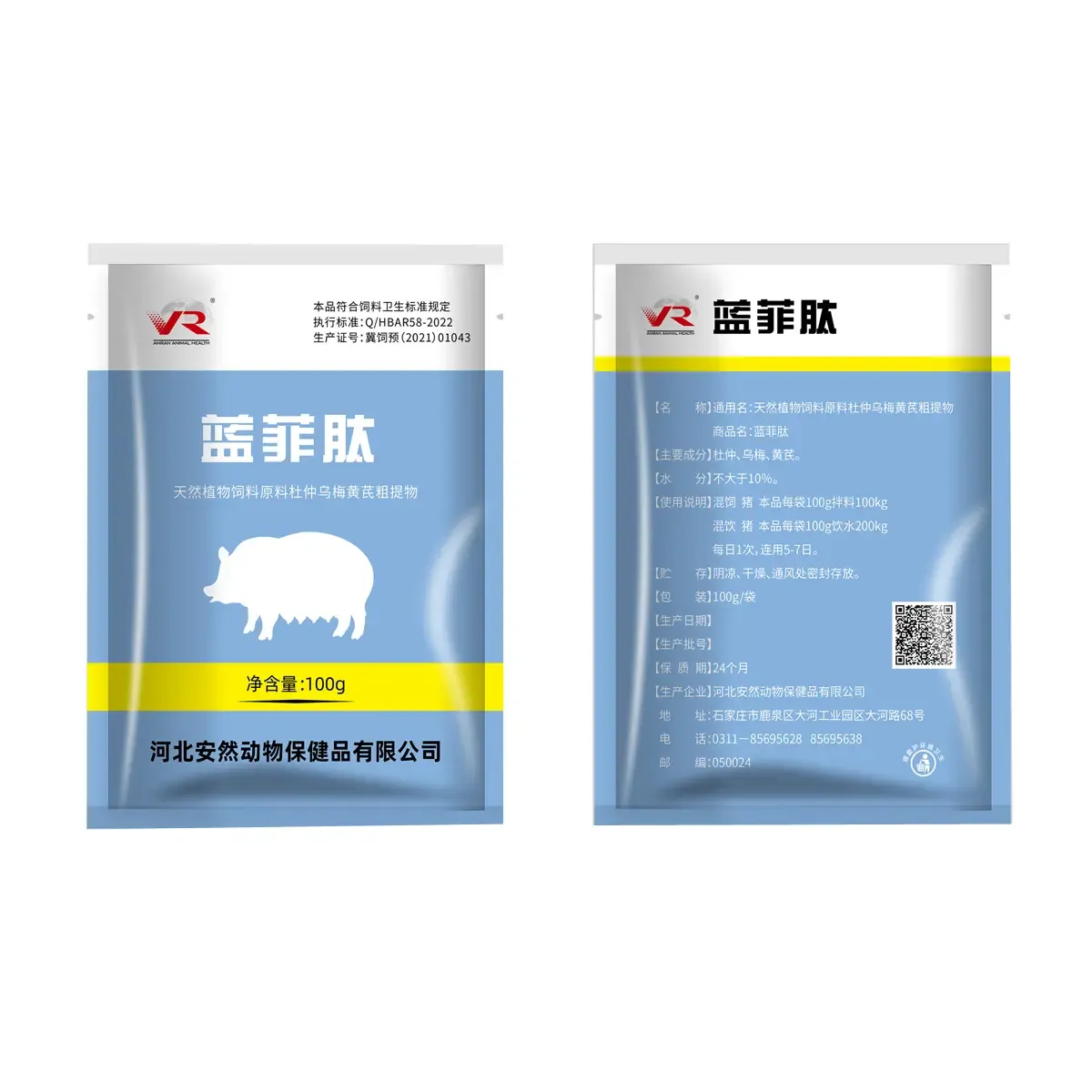- Afrikaans
- Albanian
- Amharic
- Arabic
- Armenian
- Azerbaijani
- Basque
- Belarusian
- Bengali
- Bosnian
- Bulgarian
- Catalan
- Cebuano
- Corsican
- Croatian
- Czech
- Danish
- Dutch
- English
- Esperanto
- Estonian
- Finnish
- French
- Frisian
- Galician
- Georgian
- German
- Greek
- Gujarati
- Haitian Creole
- hausa
- hawaiian
- Hebrew
- Hindi
- Miao
- Hungarian
- Icelandic
- igbo
- Indonesian
- irish
- Italian
- Japanese
- Javanese
- Kannada
- kazakh
- Khmer
- Rwandese
- Korean
- Kurdish
- Kyrgyz
- Lao
- Latin
- Latvian
- Lithuanian
- Luxembourgish
- Macedonian
- Malgashi
- Malay
- Malayalam
- Maltese
- Maori
- Marathi
- Mongolian
- Myanmar
- Nepali
- Norwegian
- Norwegian
- Occitan
- Pashto
- Persian
- Polish
- Portuguese
- Punjabi
- Romanian
- Russian
- Samoan
- Scottish Gaelic
- Serbian
- Sesotho
- Shona
- Sindhi
- Sinhala
- Slovak
- Slovenian
- Somali
- Spanish
- Sundanese
- Swahili
- Swedish
- Tagalog
- Tajik
- Tamil
- Tatar
- Telugu
- Thai
- Turkish
- Turkmen
- Ukrainian
- Urdu
- Uighur
- Uzbek
- Vietnamese
- Welsh
- Bantu
- Yiddish
- Yoruba
- Zulu
Nov . 06, 2024 18:03 Back to list
Effective Solutions for Veterinary Facility Cleaning and Maintenance Protocols
Understanding Veterinary Cleaners Importance, Types, and Best Practices
In the realm of veterinary medicine, maintaining optimal hygiene and sanitation is paramount. Veterinary clinics, hospitals, and kennels encounter various pathogens that can jeopardize the health of both animals and staff. To combat these threats, veterinary cleaners play a critical role. This article aims to elucidate the importance, types, and best practices for using veterinary cleaners.
The Importance of Veterinary Cleaners
Veterinary cleaners are specifically formulated to eliminate bacteria, viruses, fungi, and other pathogens found in animal care environments. The health of animals in veterinary facilities is dependent on rigorous sanitation protocols. Inadequate cleaning can lead to the spread of infectious diseases, which not only affects the animals but can also pose risks to human staff and clients.
Infection control is critical in veterinary settings where different species are often housed or treated in close proximity. An effective cleaning regimen minimizes the risk of zoonotic diseases, which are diseases that can be transmitted from animals to humans. Furthermore, a clean environment promotes faster recovery for sick animals, enhances overall wellness, and ensures compliance with public health regulations.
Types of Veterinary Cleaners
Veterinary cleaners come in various forms, including disinfectants, detergents, and antiseptics
. Each type serves a unique purpose in maintaining cleanliness in a veterinary setting1. Disinfectants These are chemical agents used to destroy or inactivate harmful microorganisms on surfaces. Common disinfectants include quaternary ammonium compounds, phenols, and bleach solutions. It's essential to choose a disinfectant with broad-spectrum efficacy that is safe for the specific surfaces in the clinic or hospital.
2. Detergents Detergents are cleaning agents used to remove dirt, grease, and organic matter. They often prepare the surface for disinfection by loosening contaminants, thus enhancing the effectiveness of the disinfectant.
3. Antiseptics Unlike disinfectants, which are meant for surfaces, antiseptics are used on living tissues (like skin) to reduce microbial presence. Proper antiseptic use is crucial when handling animals, especially during procedures that may breach the barrier of the skin.
veterinary cleaner

4. Enzymatic cleaners These are specialized cleaners that use enzymes to break down organic matter, such as blood and urine. They are particularly beneficial in environments where biological waste is prevalent.
Best Practices for Using Veterinary Cleaners
1. Read the Labels Always follow the manufacturer's instructions on concentration levels, contact time, and safety precautions. Misuse can lead to ineffective cleaning or potential health hazards.
2. Wear Protective Gear Staff should wear appropriate personal protective equipment (PPE) when using cleaners, including gloves, masks, and goggles, to safeguard against harmful chemicals.
3. Develop a Cleaning Protocol Establish a routine cleaning schedule that includes daily, weekly, and monthly tasks. High-traffic areas and surfaces that come into direct contact with animals should be cleaned more frequently.
4. Educate Staff Conduct training sessions for all employees on proper cleaning techniques, the importance of using veterinary cleaners, and the risks associated with poor sanitation.
5. Monitor and Adjust Regularly assess the effectiveness of your cleaning protocols and make adjustments as necessary. Employee feedback and incident reports can help identify areas for improvement.
6. Safe Storage Store veterinary cleaners in a secure location, away from direct sunlight and out of reach of animals and children. Proper storage extends the life of the products and reduces the risk of accidental ingestion.
Conclusion
Veterinary cleaners are indispensable tools in ensuring the health and safety of animals and humans in veterinary facilities. By understanding their importance, types, and best practices, veterinary professionals can foster a cleaner, more hygienic environment that supports the well-being of all. Through continuous education and adherence to established protocols, veterinary clinics can mitigate risks, enhance patient care, and uphold their commitment to animal welfare.
-
Guide to Oxytetracycline Injection
NewsMar.27,2025
-
Guide to Colistin Sulphate
NewsMar.27,2025
-
Gentamicin Sulfate: Uses, Price, And Key Information
NewsMar.27,2025
-
Enrofloxacin Injection: Uses, Price, And Supplier Information
NewsMar.27,2025
-
Dexamethasone Sodium Phosphate Injection: Uses, Price, And Key Information
NewsMar.27,2025
-
Albendazole Tablet: Uses, Dosage, Cost, And Key Information
NewsMar.27,2025













